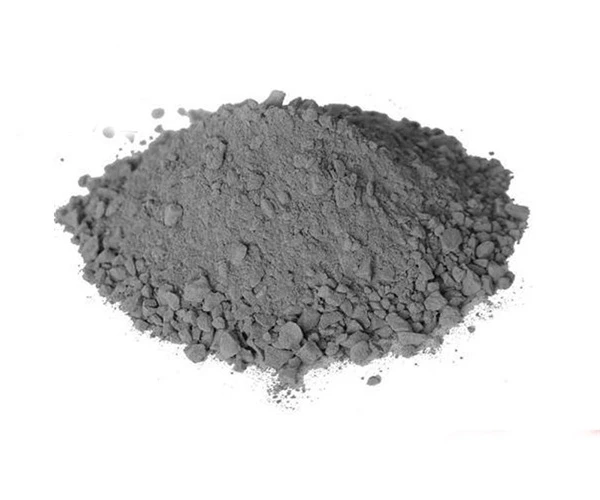
Our offers three standard cements, including CA50 (1300-1350℃), CA70 (1580-1560℃), CA80 (1750-1800℃). It is all called calcium aluminate cement. The main difference between them lies in the varying content of aluminum dioxide. Within these three types, each one is further subdivided.
| Items | CA50-A600 | CA50-A700 | CA70 | CA80 | |||||
|---|---|---|---|---|---|---|---|---|---|
| Values | Typical | Limit | Typical | Limit | Typical | Limit | Typical | Limit | |
| Chemical Composition | |||||||||
| Al2O3 | % | 50-51 | ≥50 | 50-52 | ≥50 | 68-71 | ≥68 | 78-80 | ≥77 |
| CaO | % | 32-35 | ≥32 | 32-35 | ≥32 | 28-30 | ≤30 | 18-20 | ≤20 |
| SiO2 | % | 7.8-8.3 | ≤9.0 | 7.0-7.5 | ≤8.0 | 0.2-0.7 | ≤1.0 | 0.1-0.4 | ≤0.5 |
| Fe2O3 | % | 1.5-2.5 | ≤3.0 | 1.5-2.5 | ≤3.0 | 0.1-0.5 | ≤0.7 | 0.1-0.4 | ≤0.5 |
| Na2O+K2O | % | - | ≤0.5 | - | ≤0.5 | - | ≤0.4 | - | ≤0.4 |
| Physical Properties | |||||||||
| 325 Mesh Residue | % | - | ≤20 | - | ≤15 | - | ≤8.0 | - | ≤5.0 |
| Blaine Fineness (㎡/kg) | % | - | ≥320 | - | ≥350 | 380-420 | ≥350 | 450-500 | ≥450 |
| Initial Setting Time | min | 50-120 | ≥30 | 50-120 | ≥30 | 180-240 | ≥150 | 150-210 | ≥30 |
| Finish Setting Time | min | 90-180 | ≤360 | 120-210 | ≤360 | 240-300 | ≤360 | 210-270 | ≤300 |
| Flexural Strength (24h) | MPa | - | ≥5.5 | - | ≥6.5 | 9-11 | ≥5.0 | 6-8 | ≥4.0 |
| Flexural Strength (72h) | MPa | - | ≥6.5 | - | ≥7.5 | 11-12 | ≥6.0 | 7-9 | ≥5.0 |
| Compressive Strength (24h) | MPa | 45-55 | ≥40 | 50-60 | ≥50 | 45-55 | ≥30 | 40-50 | ≥25 |
| Compressive Strength (72h) | MPa | 50-60 | ≥50 | 60-65 | ≥60 | 55-65 | ≥40 | 50-60 | ≥30 |
Refractory cement is mainly made of bauxite and other components. It is a new type of high-temperature resistant material. And it is a water-hardening cementitious material with an alumina content of over 50%. So, it has excellent heat resistance performance. It is widely used in high-temperature industries as a high-quality additive material or adhesive. And it also is the the refractory castable.
Advantages of Monolithic Refractory Cement
Cement has strong refractoriness. It can withstand temperatures ranging from 1200 to 1800 degrees Celsius. Additionally, it has excellent thermal shock resistance. Even with rapid temperature changes, the volume of refractory cement changes minimally. It is suitable for various high-temperature industrial environments.
Cement has strong wear resistance, compressive strength, and flexural strength. It has a high density. These features ensure durability in high-temperature industries. In abrasive environments, this monolithic refractory can help extend the lifespan of high-temperature equipment.
Refractory cement exhibits strong resistance to chemical erosion from slag. It can maintain good performance and structure in chemically corrosive environments. It is without negatively impacting equipment. This is crucial in industrial applications.
Cement powder has excellent bonding properties. In high-temperature environments, it can adhere to the surfaces of various materials. This ensures the stability and integrity of the overall structure of high-temperature equipment. This characteristic is essential for the effectiveness of equipment operating in high-temperature conditions.